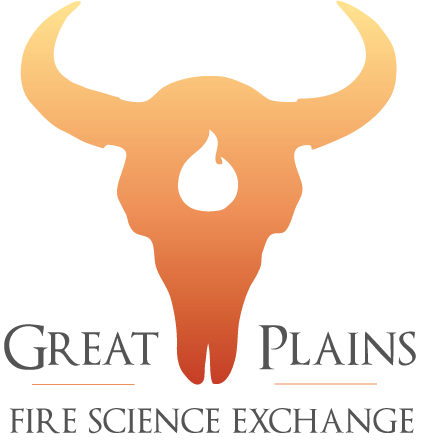Publications
We interviewed Dr. Charles “Butch” Taylor, Jr. to learn about his career in fire research in Sonora, Texas.
Read MoreDr. Charles “Butch” Taylor, Jr. demonstrates an easy technique for measuring fuel moisture of live juniper trees. The technique could be used by anyone and is key to anticipating fire behavior in areas with moderate to heavy juniper occurrence.
Read MoreWatch the post-burn northern mixed grass prairie through 1 year post-burn. This video was taken at Ft. Keogh, MT at the ARS research station.
Read MoreThis webinar recording about the effects of fire on horn flies and ticks, was presented by Dr. Derek Scasta from the University of Wyoming. Controlling parasites has implications for human health as well as livestock production.
Read MoreYeon-Su Kim, School of Forestry at Northern Arizona University discussed a recent report describing the economic efficacy of fuels treatments.
Read MoreRay Moranz webinar on butterflies, pollinators, and fire recorded on November 1st, 2013. Ray described the fire-butterfly paradox.
Read MoreKC Olson of Kansas State University presented a webinar entitled “Effects of growing-season prescribed burning on vigor of the noxious weed sericea lespedeza (Lespedeza cuneata) in the Kansas Flint Hills,” KC discussed his recent research to learn how growing season burns affect sericea lespedeza.
Read MoreDr. Wayne Polley discussed climate change in rangelands. Projected effects of regional differences in change on plant production and communities with implications for fire regimes.
We presented a webinar on March 5 by Dr. Wayne Polley, scientist with the Agricultural Research Service. Climate change discussions often gloss over the Great Plains, but Dr. Polley will focus on predictions for rangelands in the Great Plains.
ABSTRACT: Climate change science predicts warming and greater climatic variability for the foreseeable future, including more frequent and severe droughts and storms, as a result of increasing concentrations of greenhouse gases in air. The ecological consequences of the primary climate change drivers, including elevated atmospheric carbon dioxide (CO2), warming, and precipitation modification, will vary regionally on rangelands. Warming and drying are anticipated to reduce soil water availability and plant production in the southern plains, southwest, and northern Mexico, but warmer and generally wetter conditions will likely enhance these processes in the northern plains and southern Canada. The northwest will warm with little change in annual precipitation. Elevated CO2 will reduce negative effects of drying across regions by increasing plant water-use efficiency, provided that water is not severely limiting to plants. Specific consequences of climate change may include modifications to forage quantity and quality, fire regimes, plant community composition, and plant species distributions. Motivation to begin to adapt to climate change requires only the recognition that there exists sufficient directional change in climate to modify rangelands and the services they provide.
Read MoreJeremy Bailey and Ben Wheeler discuss the goals of training exchanges, how they work, and why they are successful.
Read MoreCynthia Annett explains how to use both Google My Maps (formerly known as Google Maps Engine Lite) and Fusion Tables. She also describes the benefits of both programs, and which of them would be more useful in different situations. These tools are a great way to showcase video narratives of fire effects on the land in a spatial context.
Read More